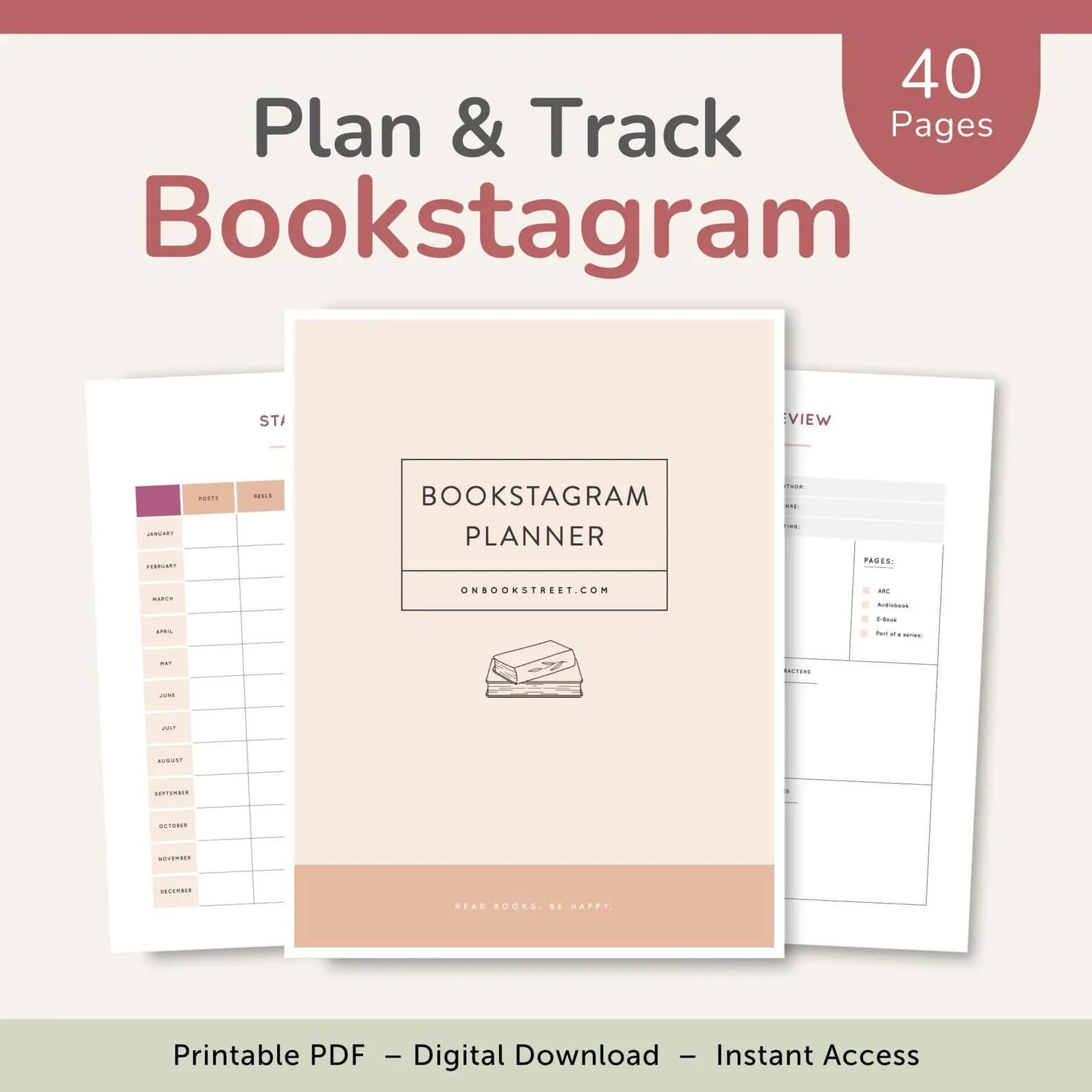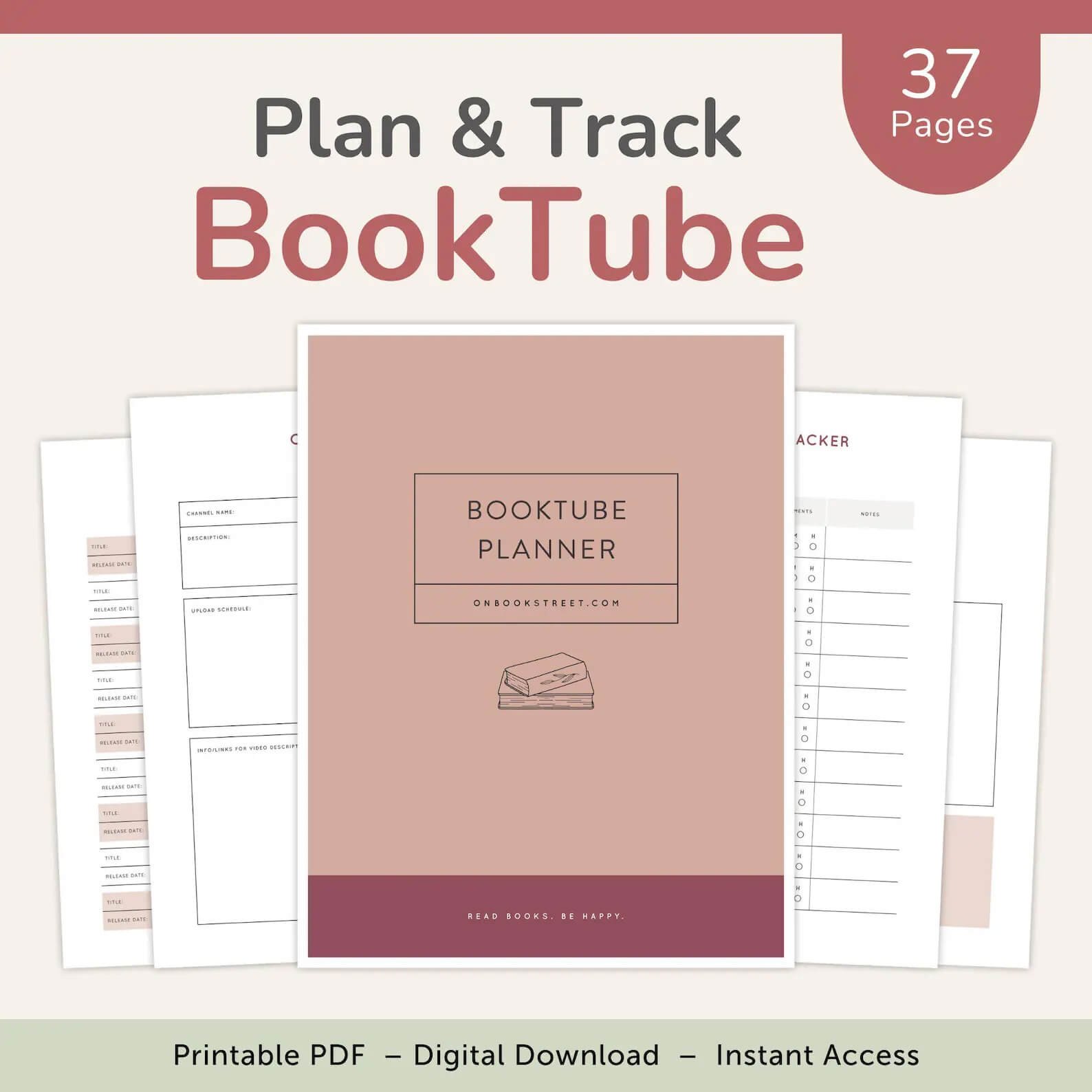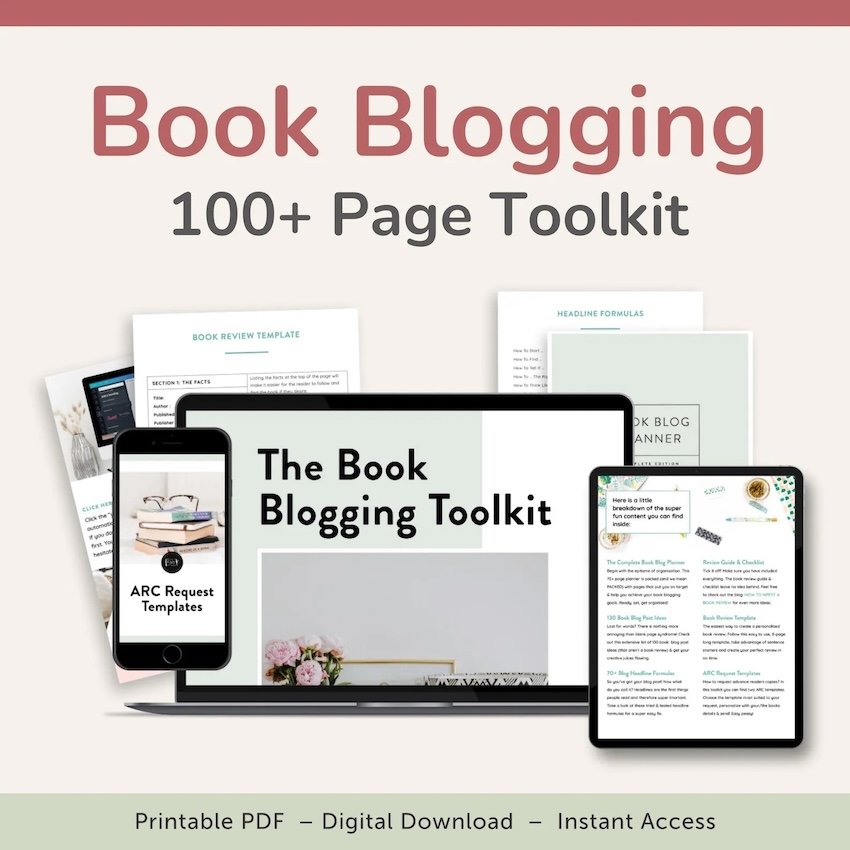Finding Your Voice as a Book Reviewer: Developing Your Unique Style
In the vast universe of book reviews, standing out amidst the crowd can be a daunting task.
With countless book bloggers, Bookstagrammers, BookTubers, and Goodreads enthusiasts sharing their opinions, it's crucial to find your unique voice as a book reviewer. Developing your distinctive style not only sets you apart but also enriches the reading experience for your followers. Whether you’re a seasoned book reviewer or just starting out, here are some invaluable tips to help you discover and hone your voice in the world of book reviews.
The Art of Reviewing:
Mastering Your Unique Book Review Style
Part 1: Discovering Your Unique Reviewing Style
1. Find Your Passion
Identify what excites you the most about books. Is it the character development, plot intricacies, prose, or the emotions a story evokes? Understanding your passion allows you to focus your reviews and express your enthusiasm genuinely. If you love dissecting complex characters, your reviews might delve deep into their psyche, adding a unique analytical perspective to your critiques.
2. Develop Your Writing Style:
Experiment with different writing styles until you find one that feels natural to you. Some reviewers prefer a conversational tone, making readers feel like they are discussing books with a friend. Others opt for a more formal, analytical approach. Your writing style should reflect your personality, making your reviews authentic and relatable.
3. Be Honest and Constructive:
Authenticity is key in book reviewing. Readers appreciate honest opinions, even if they differ from the mainstream. Be respectful in your criticism, pointing out both strengths and weaknesses in a book. Constructive feedback not only helps authors but also adds credibility to your reviews. Remember, it’s possible to be critical without being disrespectful.
4. Engage with Your Audience:
Interacting with your followers fosters a sense of community. Respond to comments, ask questions, and encourage discussions about the books you review. Understanding your audience's preferences and engaging in meaningful conversations can give you valuable insights, helping you tailor your content and reviewing style to their interests.
5. Experiment with Different Mediums:
If you’ve been primarily writing reviews, consider experimenting with other mediums like videos or podcasts. BookTubers and podcasters often connect with audiences on a more personal level, allowing for a unique reviewing experience. Exploring these formats might help you discover a new dimension to your reviewing style.
6. Be Consistent:
Consistency in your posting schedule and reviewing style helps establish your brand. Whether you post daily, weekly, or monthly, maintaining a regular schedule keeps your audience engaged and eagerly anticipating your content. Consistency also allows you to track your progress and refine your style over time.
7. Stay Open to Growth:
As you evolve as a reviewer, stay open to change and growth. Your reading tastes may transform, and your reviewing style might evolve with them. Embrace these changes, as they signify your growth as a reader and reviewer. Continuous learning and adaptation will keep your content fresh and exciting.
8. Believe in Yourself:
Lastly, believe in your unique perspective and the value you bring to the bookish community. Embrace your individuality, and don’t be afraid to express your thoughts, even if they differ from popular opinions. Your authenticity and passion will resonate with readers who appreciate your genuine approach.
Part 2: Exploring Creative Reviewing Ideas
Thematic Reviews:
Focus your reviews on specific themes found in books, such as resilience, friendship, or identity. Explore how different authors tackle similar themes across various genres. Present these reviews in a series, allowing your audience to delve deep into the nuances of each theme.
Character Interviews:
Imagine interviewing a character from the book as if they were real. Craft questions that reflect the storyline and the character's personality. Present the interview in a video format, using different voices and expressions to bring the character to life. This creative approach provides a unique perspective on the book’s characters.
Visual Storytelling:
Utilise platforms like Instagram (Bookstagram) or TikTok (BookTok) to create visually appealing reviews. Incorporate aesthetically pleasing book covers, artistic props, and background settings that match the book’s ambiance. Add concise, impactful captions or voiceovers to complement the visuals, enhancing the overall storytelling experience.
Comparative Reviews:
Review books by comparing them to similar ones within the genre. Highlight the differences in style, plot development, or character arcs. Create a side-by-side visual comparison, illustrating your points clearly. This method allows your audience to understand the book's unique qualities in relation to others they might have read.
Interactive Reviews:
Engage your audience through interactive reviews. Create polls, quizzes, or surveys related to the book’s themes or plot twists. Encourage your followers to participate and share their opinions. Summarise the results in your review, showcasing the diversity of perspectives within your community.
Part 3: Choosing the Right Platform for Your Style
Choosing the right platform that aligns with your reviewing style is essential for reaching your target audience effectively. Here’s a breakdown of platforms and the styles they best complement:
Blogs:
Ideal for in-depth, analytical reviews, thematic analyses, and long-form content. Blogs allow you to explore complex themes and detailed character studies extensively. Use high-quality images and engaging formatting to enhance the reader’s experience.
Instagram (Bookstagram):
Perfect for visually appealing reviews, especially those focusing on aesthetics and book covers. Bookstagram allows you to experiment with photography, props, and creative layouts. Short captions or micro-reviews complemented by striking visuals work exceptionally well here.
YouTube (BookTube):
Video reviews, character interviews, and interactive content thrive on YouTube. BookTubers often use a combination of visuals, spoken reviews, and on-screen text to convey their thoughts. Video format allows for dynamic storytelling, enhancing the viewer's engagement.
TikTok (BookTok):
Short, snappy reviews and visually appealing content perform best on TikTok. Utilize TikTok’s creative features to add music, captions, and transitions to make your reviews visually appealing within the platform’s time constraints. Quick recommendations, engaging visuals, and catchy captions capture the audience’s attention effectively.
Podcasts:
Podcasts offer a unique auditory experience for book enthusiasts. As a podcaster, you can create immersive audio reviews, discussions, and even author interviews. Listeners can engage with your content while on the go, making it a convenient option for those who prefer listening over reading. Podcasts allow for in-depth conversations and exploration of literary themes through spoken words, fostering a sense of intimacy with your audience.
Finding your unique reviewing style involves exploring diverse ideas and experimenting with different presentation methods. By aligning your style with the right platform, you can enhance your reach and impact within the bookish community. Remember, the key lies in authenticity and passion. Embrace your creativity, connect with your audience, and let your unique voice shine through in every review you create.
Other articles you might also be interested in:
How to Write a Book Review in 10 Steps - Beginner’s Guide
Overcoming Book Blogger Burnout: Self-Care and Motivation
Beginner’s Guide to Bookstagram








